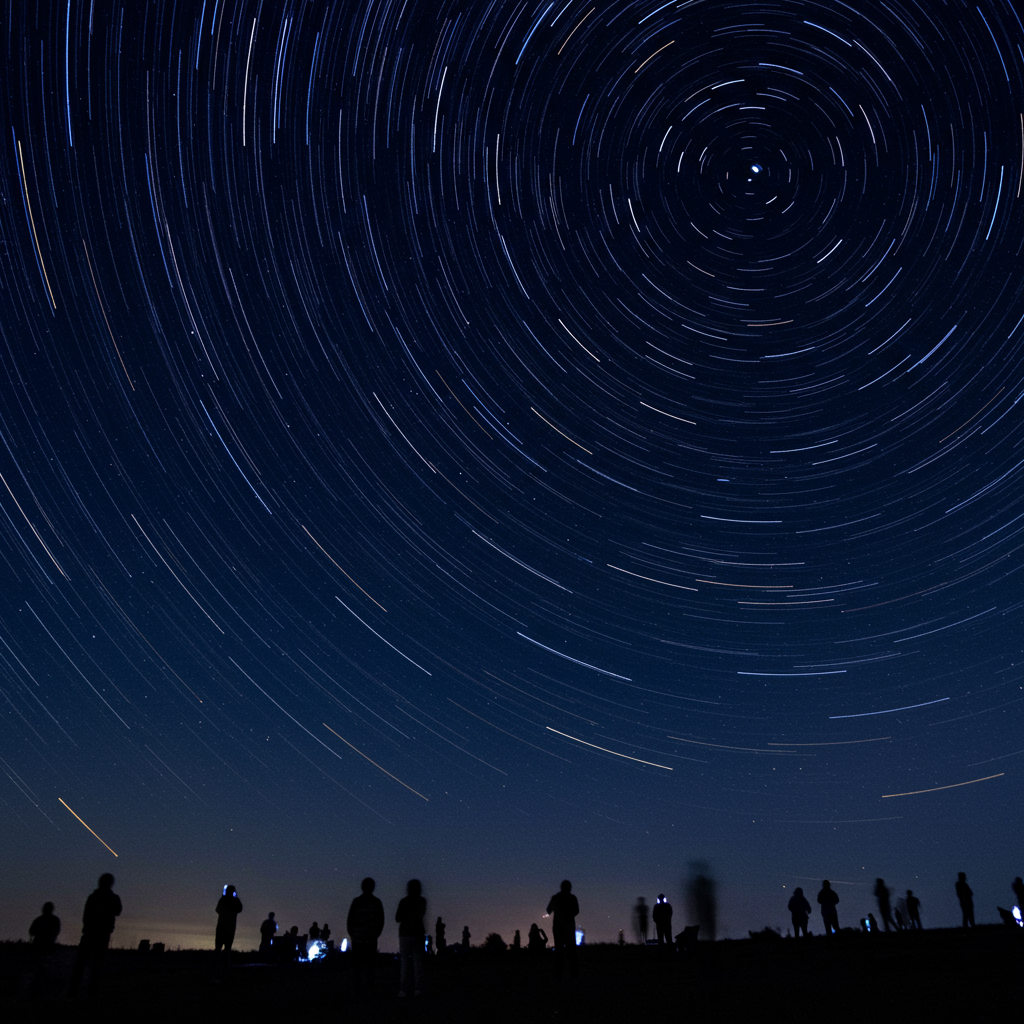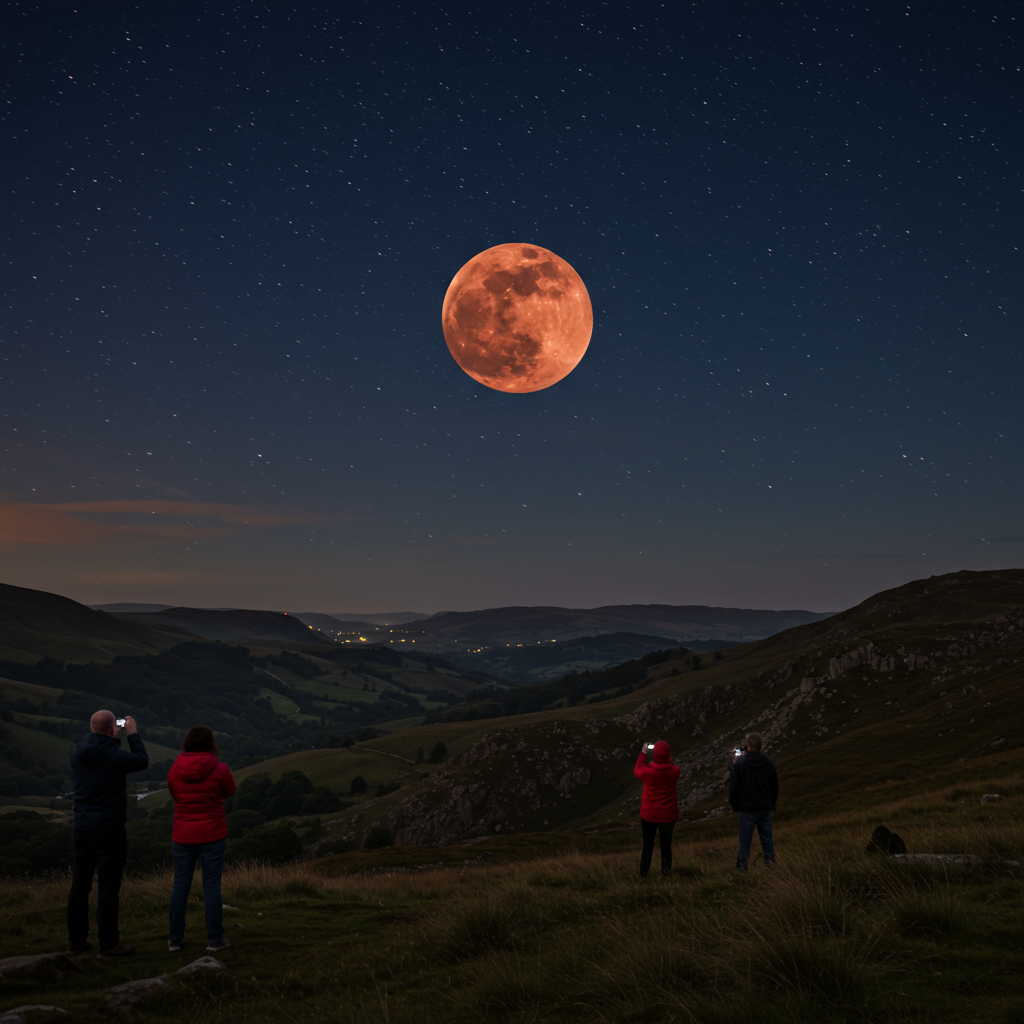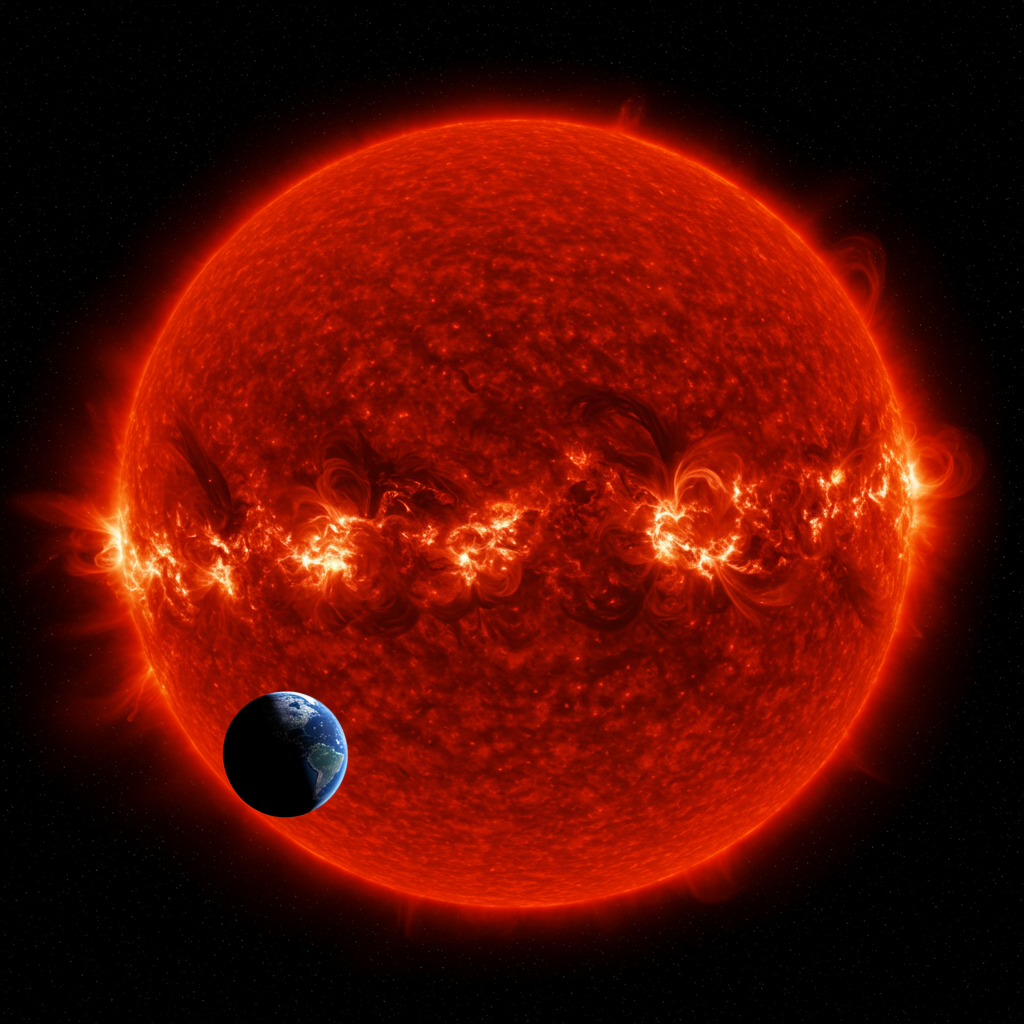Prepare for a breathtaking celestial spectacle! The annual Orionid meteor shower is set to dazzle sky-gazers worldwide, offering an exceptional display in 2025. This guide provides everything you need to know about observing these swift, luminous meteors, from their ancient origins in Halley’s Comet to expert viewing tips for the best possible experience. Get ready to witness one of nature’s most impressive light shows under a perfectly dark, moonless sky.
Unveiling the Orionid Meteor Shower: What to Expect
The Orionid meteor shower is an annual highlight for astronomy enthusiasts. It occurs as Earth passes through the dusty debris trail left by the famous Comet 1P/Halley. These tiny particles, often no larger than a grain of sand, collide with our atmosphere at astonishing speeds—up to 41 miles per second (66 kilometers per second). This intense friction causes them to burn up, creating the brilliant streaks of light we call meteors, or “shooting stars.”
Renowned meteor observer Robert Lunsford, fireball report coordinator for the American Meteor Society (AMS), notes that Orionid meteors are known for their high velocity. While many are fleeting, lasting only a fraction of a second, the brighter ones often produce “persistent trains”—glowing smoke trails that linger in the sky for several seconds after the meteor itself has vanished. Occasionally, lucky viewers might even spot dazzling fireballs, exceptionally bright meteors that light up the night.
The Orionids are active for an extended period, typically from early October to early November. However, the densest part of the debris stream is encountered around mid-October, leading to the shower’s peak activity.
The Legacy of Halley’s Comet
The Orionid meteor shower offers a unique connection to one of history’s most famous comets. Halley’s Comet, last seen from Earth in 1986, has an orbital period of about 76 years and is expected to return in 2061. As NASA explains, Earth actually crosses Halley’s orbital path twice a year. In October, we intersect the inbound debris, resulting in the Orionids. In early May, we pass through the outbound trail, which produces the Eta Aquariid meteor shower. So, if you’ve seen the Eta Aquariids, you’ve witnessed debris from the same legendary comet!
When and Where to Witness the 2025 Peak
For 2025, conditions are exceptionally favorable for viewing the Orionid meteor shower. The peak activity is predicted to occur across the mornings of October 21-23. Many experts, including Robert Lunsford, point to the pre-dawn hours of October 21st as the prime viewing window, though significant activity will be visible on the mornings surrounding these dates.
A critical factor making 2025 particularly special is the new moon on October 21st. This means the moon’s dark side will be facing Earth, eliminating any lunar light pollution. With no moonlight to compete with, the meteors will appear significantly brighter against a truly dark sky, greatly enhancing visibility. If clouds obscure your view on the peak night, don’t despair; Lunsford advises checking again on subsequent mornings, as the shower exhibits considerable activity for nearly a week around October 22nd. Even from October 24-26, rural dark sky observers can expect rates above 10 meteors per hour.
Optimal Viewing Times and Direction
To catch the most meteors, plan to be outside during the hours leading up to dawn. The meteor shower’s radiant point—the area in the sky from which the meteors appear to emanate—is located in the northeast portion of the constellation Orion, specifically 8 degrees north of the bright orange star Betelgeuse.
For observers in the Northern Hemisphere, Orion begins to rise above the eastern horizon around 10:00 p.m. local time (22:00 local daylight saving time). The best viewing period is typically from 1:00 a.m. until dawn, when the radiant ascends to more than 30 degrees above the horizon. To optimize your view, lie back in a comfortable reclining chair, facing generally south to encompass a broad section of the sky. Looking approximately halfway up from the horizon is recommended, as this area usually presents more meteors than directly overhead.
Southern Hemisphere observers can also enjoy the Orionids, though the radiant will appear lower in their northern sky. For those in Australia, the radiant rises around midnight, with the best views generally between 4 a.m. and 5 a.m. (if daylight savings applies), when the radiant is higher.
Essential Stargazing Tips for the Best Experience
Viewing a meteor shower requires minimal equipment but benefits greatly from preparation. Here’s how to maximize your chances of seeing the Orionid meteor shower:
Find a Dark Sky Location: This is paramount. Seek out a spot far away from city lights and urban light pollution. The darker your surroundings, the more meteors you will see. Even suburban viewers can spot brighter Orionids by finding a clear line of sight away from streetlights and tall buildings.
Allow Your Eyes to Adapt: Give your eyes at least 20-30 minutes to fully adjust to the darkness. Avoid looking at phone screens or other bright lights during this time, as even a quick glance can reset your night vision. If you need illumination, use a red-light flashlight.
Get Comfortable: Dress warmly, even on seemingly mild nights, as temperatures can drop significantly. Bring a blanket or a comfortable lounge chair so you can lie back and look up without straining your neck. A warm drink can also enhance the experience.
Scan the Sky: While meteors appear to originate from Orion, they can streak across any part of the sky. Look about 40 degrees away from Betelgeuse (Orion’s shoulder star) towards the local zenith (directly overhead) for the longest meteor trails.
Be Patient: Meteor showers don’t deliver meteors at a steady pace. You might wait several minutes without seeing anything, then witness two or three in quick succession. Expect to see anywhere from 10 to 20 meteors per hour under clear, dark conditions.
Inform Others: If you’re heading to a remote dark sky location, let someone know your plans and expected return time for safety.
Beyond the Orionids: Other Celestial Sights
The dark, moonless skies during the Orionid peak offer a fantastic opportunity to observe other celestial objects. You might spot a few slower Taurid meteors, which are also active around this time and can produce spectacular fireballs as their separate peaks approach in early November. Additionally, you could see swift meteors from Gemini and Leo Minor, each contributing a couple per hour, along with about 10 random “sporadic” meteors per hour not associated with any specific shower.
Under these pristine conditions, the article from WTOP suggests keeping an eye out for Comet C/2025 A6 Lemmon, which may be visible. This is a chance to enjoy a multifaceted stargazing experience with family and friends.
Contributing to Citizen Science
Meteor observation is not only enjoyable but can also be a valuable contribution to scientific research. Organizations like the International Meteor Organization (IMO) provide resources for citizen scientists to share their data globally. If you’re interested in contributing, aim to watch for at least an hour, meticulously record each meteor’s shower association, and note the faintest star visible in your sky. This data helps scientists better understand meteor showers and their parent comets.
Frequently Asked Questions
What makes the 2025 Orionid meteor shower special for viewing?
The 2025 Orionid meteor shower is particularly special because its peak coincides with a new moon on October 21st. This creates exceptionally dark skies by eliminating lunar interference, making it easier to see the meteors, even the fainter ones, against a black backdrop. Expert Robert Lunsford notes that significant activity will persist for several days around this peak, offering multiple chances to view.
Where should I look in the sky to see the Orionid meteors?
To see the Orionid meteors, you should look towards the constellation Orion. The radiant point, where the meteors appear to originate, is in the northeast part of Orion, specifically 8 degrees north of the bright orange star Betelgeuse. While meteors can appear anywhere in the sky, tracing their paths backward will lead to this area. For best results, position yourself to face generally south and look approximately halfway up from the horizon in the pre-dawn hours.
What are the Orionids, and where do they come from?
The Orionids are a meteor shower that occurs annually when Earth passes through the trail of dust and debris left by the famous Comet 1P/Halley. These tiny particles enter Earth’s atmosphere at very high speeds, burning up and creating bright streaks of light—the meteors. This makes the Orionids a direct celestial link to Halley’s Comet, which last visited our inner solar system in 1986 and is expected to return in 2061.
Don’t Miss This Celestial Event!
The 2025 Orionid meteor shower presents a prime opportunity for stargazers. With the advantage of a new moon and a predictable display from Halley’s ancient debris, it promises to be a memorable night sky event. Gather your friends and family, find a dark location, bundle up, and prepare to be amazed by the swift, sparkling trails of these “shooting stars.” And remember, even if you miss the Orionids, other incredible meteor showers like the Geminids in December (known as “the best shower of the year” by Professor Horner) are still to come. Happy stargazing!




